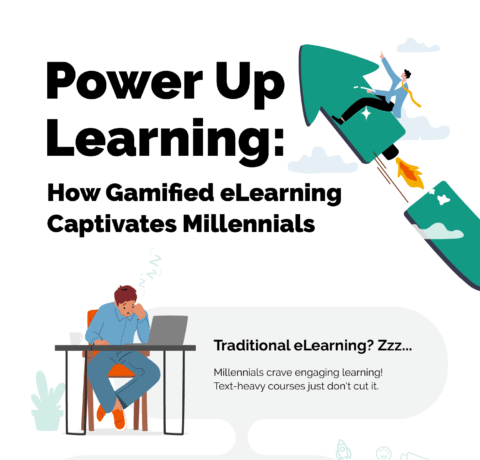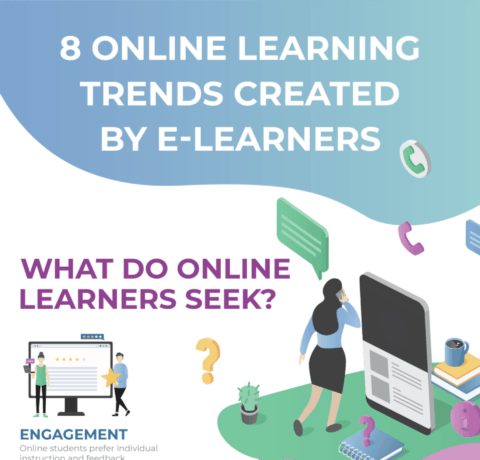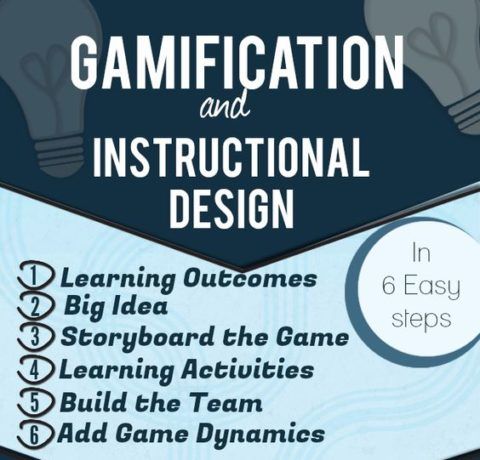5 Stages to Gamification Infographic
Having grown up in a digital world that’s replete with video games, augmented realities, virtual realities and social media platforms, millennials and newer generations of tech-natives are not only very familiar with game mechanics, they are hungry for gamification in their learning.
Gamification offers educators a wonderful opportunity to find new ways of motivating and engaging with their students. The 5 Stages to Gamification Infographic outlines a step-by-step guide to gamifying courses.
- Stage one: know your learners. To make sure your gamified course meets your learners’ needs, first analyze their player types.
- Stage two: select game mechanics. Certain mechanics, like badges and leaderboards, align better with certain player types. Some mechanics appeal to more than one player type.
- Stage three: design a game plan. Consider how your mechanics will work and how often learners will encounter them. Badges are best used to engage learners who are extrinsically motivated.
- Stage four: create gamified content. Be creative and put your mechanics to work. Non-player character avatars (NPCs) are a great way to advance your narrative.
- Stage five: play the game. It takes time and even a little trial and error to create a great gamified experience, but these five simple steps are fundamental guidelines towards which all gamification effort should be built.
Read also: The Gamification Guide For Teachers







You can adjust your cookie preferences here.